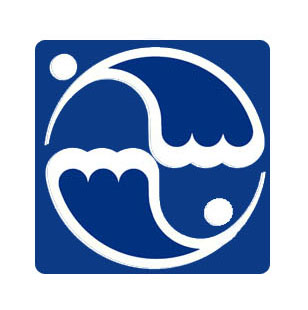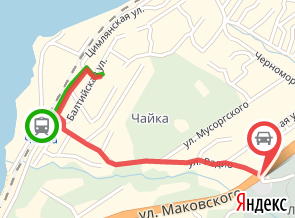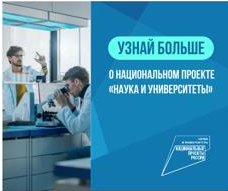|
Subdivision
Science degree
Ph.D.
|
- Чаркин А.Н., Дударев О.В., Салюк А.Н., Шахова Н.Е., Сергиенко В.И., Семилетов И.П. Короткоживущие изотопы 224Ra и 223Ra в системе река Анадырь - Берингово море // Доклады Академии наук, 2017, том 476, № 1, с.51-54.
- Чаркин А.Н., Дударев О.В., Шахова Н.Е., Семилетов И.П., Пипко И.И., Пугач С.П., Сергиенко В.И. Особенности формирования полей взвеси в морях Восточной Арктики // Доклады академии наук, 2015, том 462, №5, с. 596-600.
- Charkin A.N., Dudarev O.V., Semiletov I.P., Kruhmalev A.V., Vonk J.E., Sánchez-García L., Karlsson E., and Ö. Gustafsson. Seasonal and interannual variability of sedimentation and organic matter distribution in the Buor-Khaya Gulf – the primary recipient of input from Lena River and coastal erosion in the SE Laptev Sea // Biogeosciences, 2011, 8, 2581–941
- Charkin, A. N., Rutgers v. d. Loeff, M., Shakhova, N. E., Gustafsson, Ö., Dudarev, O. V., Cherepnev, M. S., Salyuk, A. N., Koshurnikov, A. V., Spivak, E. A., Gunar, A. Y. and Semiletov, I. P. Discovery and characterization of submarine groundwater discharge in the Siberian Arctic seas: A case study in Buor-Khaya Gulf, Laptev Sea // The Cryosphere, 11 , pp. 2305-2327. doi: 10.5194/tc-11-2305-2017
- Karlsson E.S, Charkin A., Dudarev O., Semiletov I., Vonk J.E., Sánchez-García L., Andersson A. and Gustafsson Ö. Carbon isotopes and lipid biomarker investigation of sources, transport and degradation of terrestrial organic matter in the Buor-Khaya Bay, SE Laptev Sea // Biogeosciences, 2011, № 8, р. 1865–1879.
- Vonk, J. E., Sánchez-García, L., van Dongen, B. E., Alling, V., Kosmach, D., Charkin, A.N., Semiletov, I. P., Dudarev, O. V., Shakhova, N., Roos, P., Eglinton, T. I., Andersson, A., and Gustafsson, Ö., Activation of old carbon by erosion of coastal and subsea permafrost in Arctic Siberia, 2012. Nature, 489 (7414), 137-140.
Research results were presented at 10 international and 12 Russian conferences with the following highlights:
- Conferences of the European Geosciences Union (Vienna, Austria)
- Conferences of the American Geophysical Union (San-Francisco, US);
- School for Marine Geology (Moscow)
- International conference "Science of the Future" (Saint-Petersburd, Russia)
- Radiogeochemistry
- Marine hydrogeology
- Sedimentology
- Marine geology
- Lithology and sediment geochemistry
- Far Eastern State University (2002), geographer
- Ph.D. (2012)
In the recent decades, radiogeochemical methods have been increasingly used for the exploration of seas and oceans. The importance of such research can be confirmed by the creation of a large-scale international GEOTRACES program in 2010 with the purpose of identifying the processes and quantifying the fluxes that control the distribution of key micronutrients and their isotopes in the ocean, as well as their sensitivity to changing environmental conditions.
From the viewpoint of identification methods, the undoubted advantage of radioactive elements over non-radioactive elements is their disintegration, which causes the emission of elementary particles, gamma-quantums and nuclear fragments, which allows to trace many processes and phenomena as efficiently as possible without the use of labor-intensive and expensive methods. The researchers established a relationship between the gamma field and the manifestations of tectonic movements in the sedimentation process, the features of the lithological differentiation of sedimentary material and the structure. In addition, radionuclides have become a key link in the study of the interaction of coastal and ocean waters.
Radioactive tracers have become an indispensable and sometimes the only tool for research of sub-aquatic groundwater discharge. In addition to fundamental issues of the shelf structure, the properties of radionuclides have been used for the research and exploration of oil, gas and ore deposits. Thus, it is critical to continue the development and application of radiogeochemical methods in the study of the Far Eastern and Arctic Seas.






